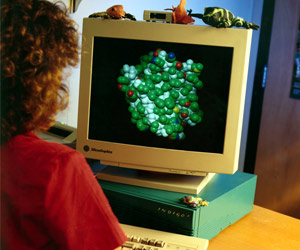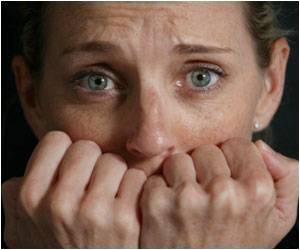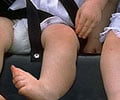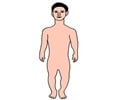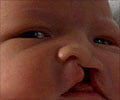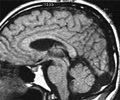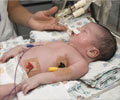Google cardboard, a headset made out of cardboard, was used by doctors to save the life of a Minnesota Baby, Teegan Lexcen, who was born with a birth defect.

‘Doctor maps out a cardiac surgery using Google cardboard for a four-month-old baby who has just half a heart and one lung.’





Her sister read an article about the most remarkable pediatric doctors in the country and spotted Dr. Redmond Burke, the Chief of cardiovascular surgery, Nicklaus Children's Hospital, Miami.She immediately sent a mail and the doctor responded her back by agreeing to treat the baby. He immediately asked Dr. Juan Carlos Muniz, a Pediatric cardiologist who specialized in imaging, to make a 3-D model of the baby's heart. But the printer was out of service.
Therefore, he came with another option. He approached Dr. David Ezon a pediatric cardiologist at the University of Pittsburgh Medical center, who used Google Cardboard, the virtual reality headset made out of cardboard to map out an operation.
Google Cardboard also allowed the doctor to see that the baby had only a right ventricle. A normal heart has two, a left ventricle to carry blood to the body and right ventricle to supply blood to the lungs.
As, the baby’s single ventricle was doing both of the work, Dr. Burke had to come up with a surgery that would allow the right ventricle to continue to do double-duty for the long-run.
Advertisement
The night before the surgery, Burke laid on the bed imagining her heart based on the Google Cardboard image, mapping out the precise steps he would take in the operating room.
Advertisement
Source-Medindia


